Beyond Charity: The Need for Integrated Palliative Care in India
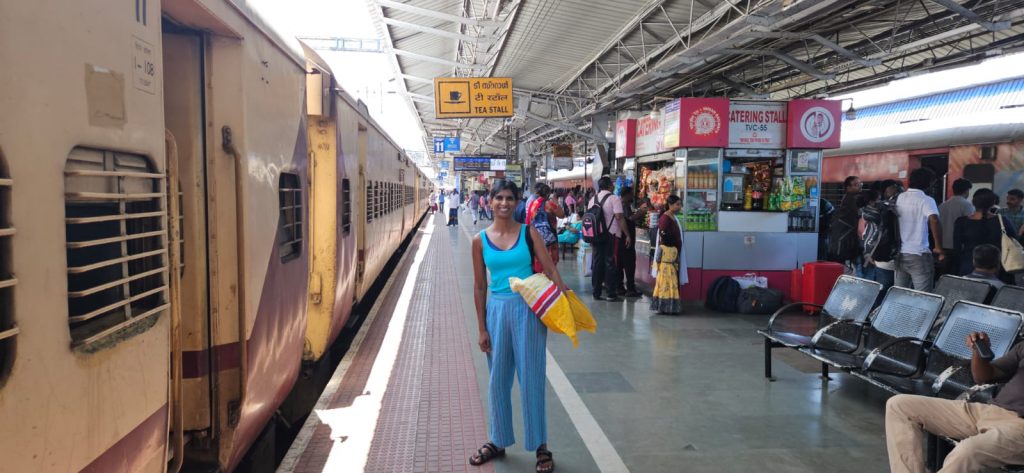
Dr. Sue Royappa writes:
I knew my mother would die in a couple of years. What I didn’t foresee was the extent of her suffering during those two years. She battled a terminal lung condition that progressively took away her ability to breathe. In India, where she lived, relief was hard to come by. I was told multiple times that since she wasn’t a cancer patient, she couldn’t get morphine for her breathlessness, morphine was only for cancer pain.
Many doctors criticized us for opting for palliative and hospice care when we could afford more aggressive treatments, failing to appreciate the patient’s own understanding that in terminal conditions, the quality of life can often outweigh the quantity of life. In a dire situation, she was put on a ventilator against our explicit wishes.
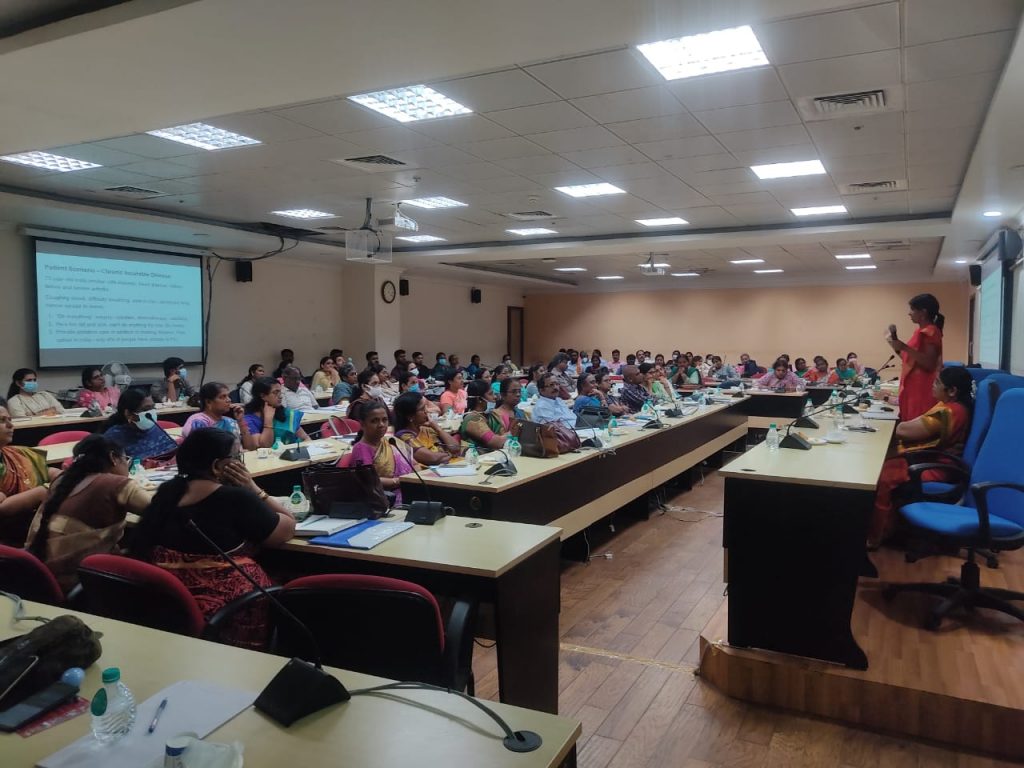
As a physician, it appalled me how hard I had to fight to get her the hospice care she desired. Her passing left me both devastated and disillusioned with a healthcare system that had deeply failed her.
This experience led me to Pallium India in February of this year. Their loving compassion empowered me to channel my grief into something positive. With their support, I embarked on a month-long journey across the state of Tamil Nadu in India this August, reaching out to hospitals, colleges, non-profit palliative care organizations, and community groups.
In that one month, I spanned 7 cities, covered 1500 miles on Indian Railways, spoke to over a thousand people and indulged in a lot of curry! Lalit S., Pallium’s southern regional coordinator personally made all the arrangements and accompanied me on this trip, for which I am truly thankful.
My main message to the medical community was to integrate palliative and hospice care into the healthcare system so that everyone would have access to it.
A concerning sentiment I came across during my travels was the perception among most Indian doctors that palliative care is charitable care. Yet, the public, who would be the beneficiaries of such care, appeared quite willing to pay. The realization that palliative care could be as commercially viable as specialties like cardiology or endocrinology was an eye-opener for many.

I made it clear that if we continue to view palliative care solely as charitable, its reach will remain limited. I urged business leaders and healthcare providers to see palliative care patients as deserving customers, emphasizing that the service requires substantial resources and should be funded similarly to other health services. While there’s undoubtedly a segment of society that might require it as a charitable service, a large section is both willing and capable of bearing its costs.
It is now time for the medical community in India to elevate palliative care to the same standard as other specialties, a fully integrated part of the mainstream healthcare system, and readily accessible to those in need.
I remain deeply grateful to Pallium India, both for their personal support to me and for the invaluable services they offer in India.
(Dr. Sue Royappa specializes in internal medicine and public health in the US. She runs a medical software company and a public health non-profit with her husband Andrew.)

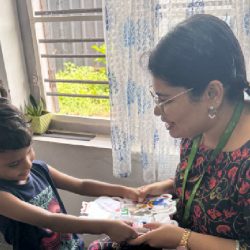
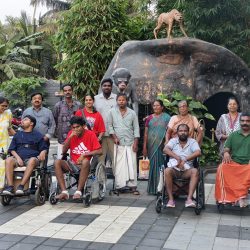
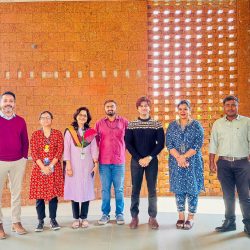
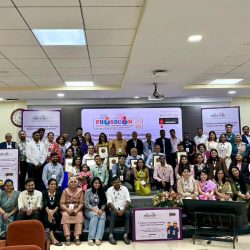
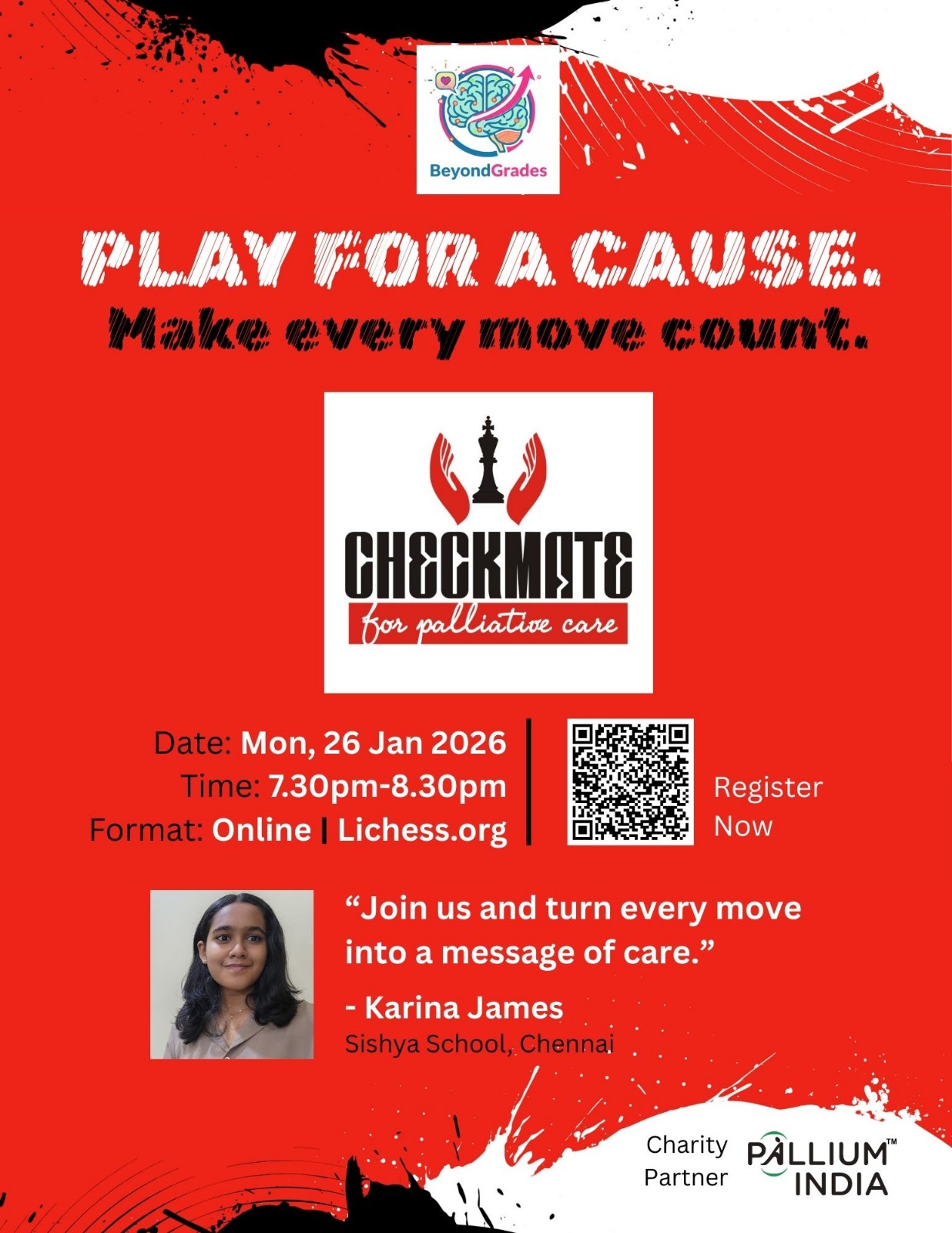
Great work Sue! This awareness is much needed in India. Keep going!
Very well expressed hoping for more advocacy on the subject. I am sure in coming times we would find various solution options for the problem. Do advocate for Palliative Care for your near and dear ones.